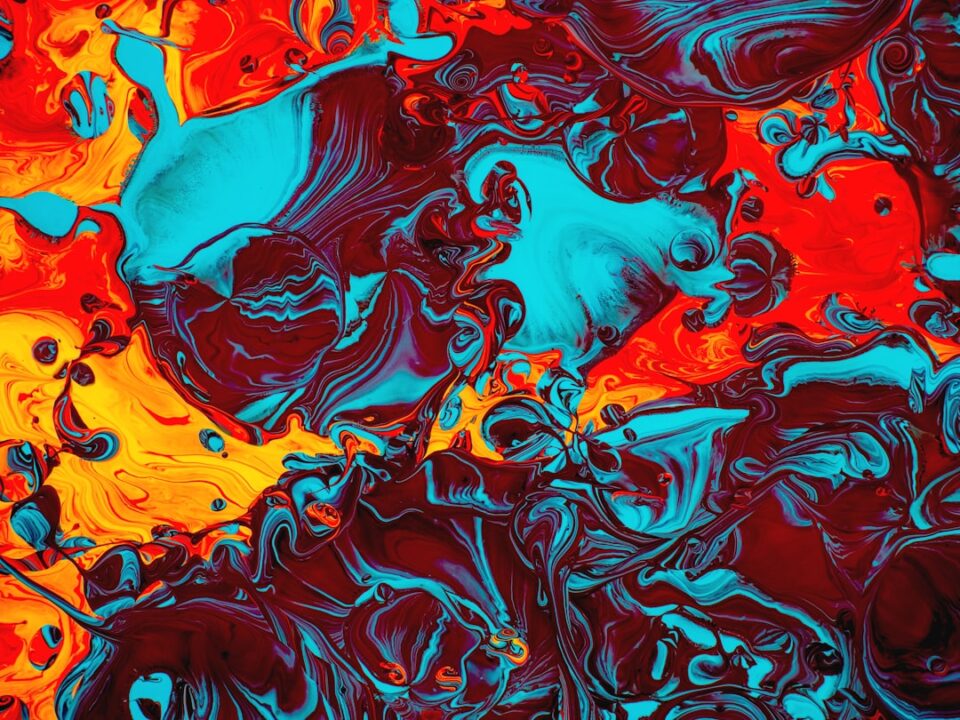Surrealism is a unique and captivating art movement that emerged in the early 20th century. It is characterized by its dreamlike, subconscious imagery, often featuring bizarre and irrational elements. Surrealist painting aims to express the unconscious mind and explore the realm of dreams, fantasies, and emotions.
The history of surrealism in painting can be traced back to the early 1920s in Paris, France. The movement was heavily influenced by the ideas of psychoanalysis, particularly those of Sigmund Freud, who believed that the unconscious mind played a significant role in human behavior. Surrealist artists sought to tap into this realm of the unconscious and bring its imagery to life through their art.
One of the most famous and influential figures in the surrealist movement was Salvador Dali. Dali’s paintings are known for their detailed and meticulously rendered imagery, often featuring melting clocks, distorted figures, and barren landscapes. His work explores themes of time, memory, and the subconscious mind, creating a sense of unease and disorientation in the viewer.
Another important surrealist painter was René Magritte, whose work focused on the relationship between words and images. Magritte’s paintings often featured everyday objects in strange and surreal contexts, challenging the viewer’s perception of reality. His work played with the idea of representation and the limitations of language, creating a sense of mystery and intrigue.
The surrealist movement was not limited to Paris, as artists from around the world embraced its principles and techniques. In the United States, artists such as Max Ernst and Man Ray were key figures in the surrealist movement. Ernst’s work often combined painting with collage and sculpture, creating detailed and intricate compositions that explored themes of memory, trauma, and the unconscious mind. Man Ray, on the other hand, was known for his experimental photography and photograms, creating surreal and abstract images that pushed the boundaries of traditional art forms.
As the surrealist movement gained popularity, it began to influence other forms of art and culture. Surrealist writing, music, and performance art all emerged as artists sought to express the surreal and irrational aspects of the human experience. The surrealist movement also had a significant impact on the development of abstract expressionism and other modern art movements, pushing the boundaries of what was considered acceptable in the art world.
Despite its influence and popularity, the surrealist movement faced criticism and controversy. Many critics argued that surrealism was too focused on shock value and sensationalism, lacking depth and substance. Some also criticized the movement for its lack of political engagement, accusing surrealist artists of being indifferent to the social and political issues of their time.
Despite these criticisms, the surrealists continued to produce groundbreaking and innovative work. The movement reached its peak in the 1930s and 1940s, but its influence can still be seen in contemporary art and culture. Surrealism continues to inspire artists to this day, pushing the boundaries of conventional art and exploring the depths of the human psyche.
In conclusion, the history of surrealism in painting is a rich and fascinating story of innovation, experimentation, and creativity. The surrealists sought to explore the depths of the subconscious mind and bring its imagery to life through their art. Through their work, they challenged conventional notions of reality and representation, creating a new and unique form of artistic expression. Surrealism continues to inspire artists and captivate audiences to this day, proving that the power of the irrational and the fantastical can never truly be extinguished.

